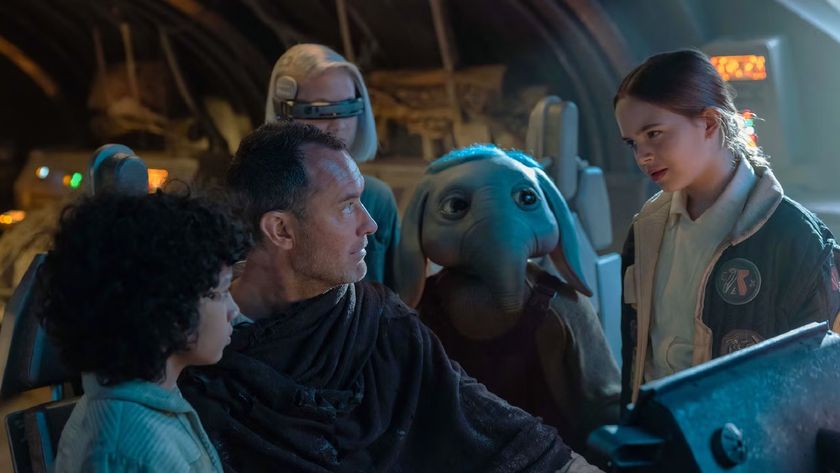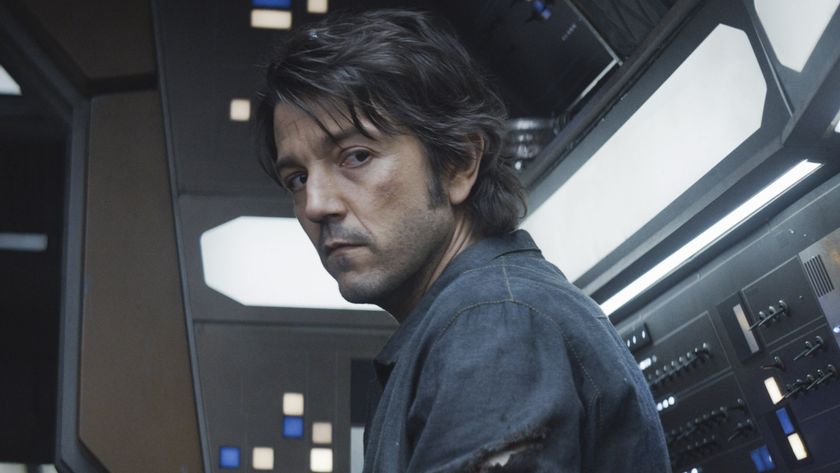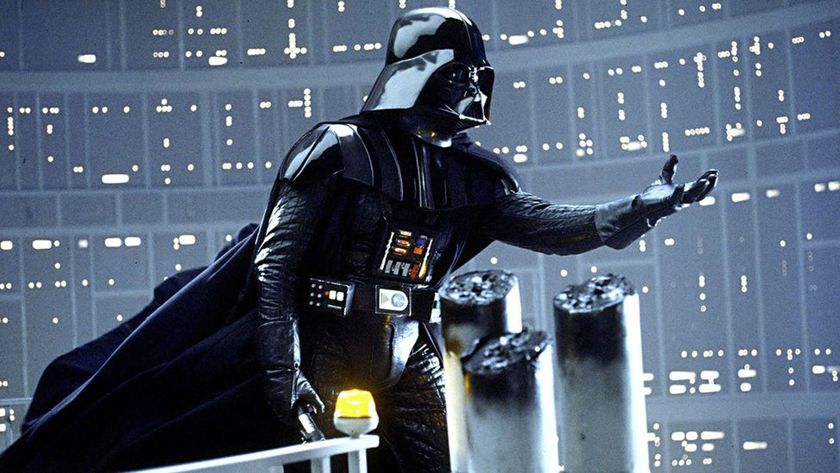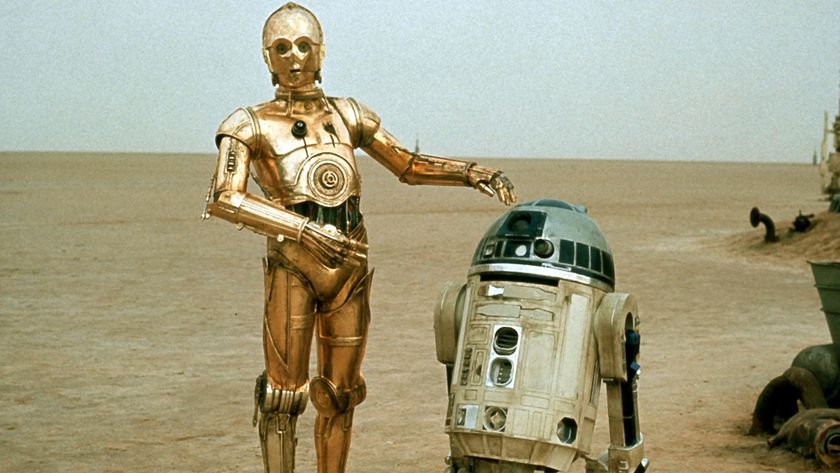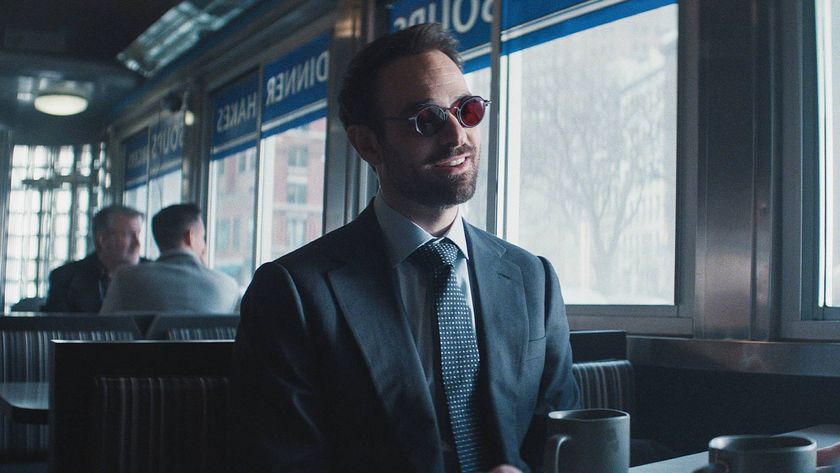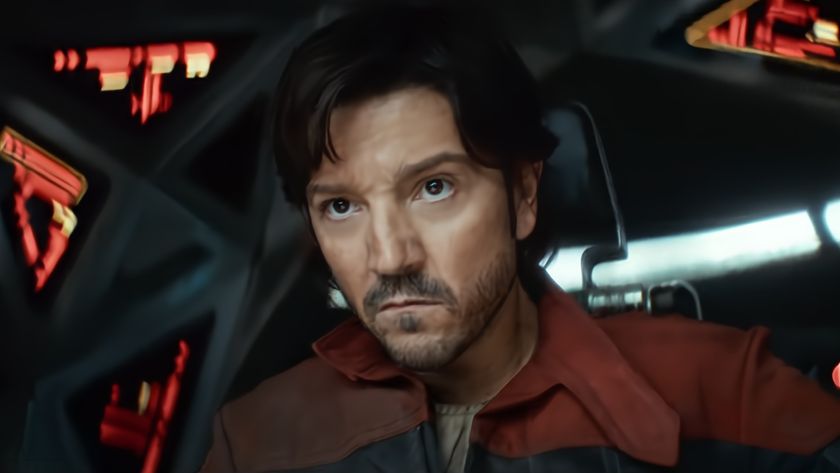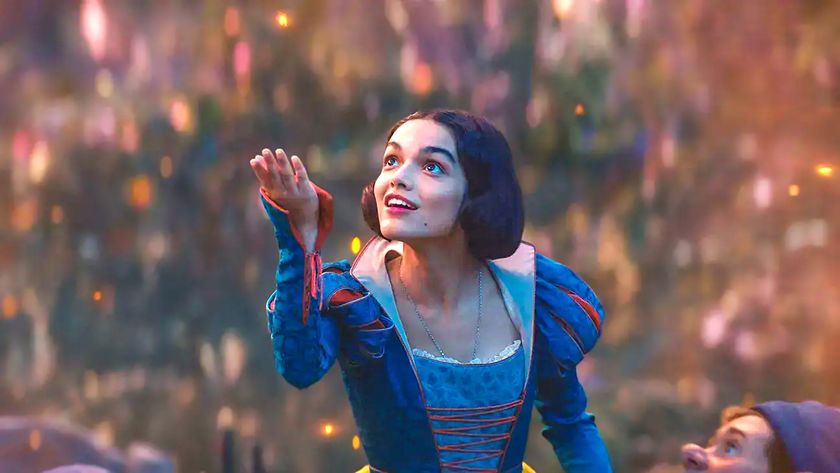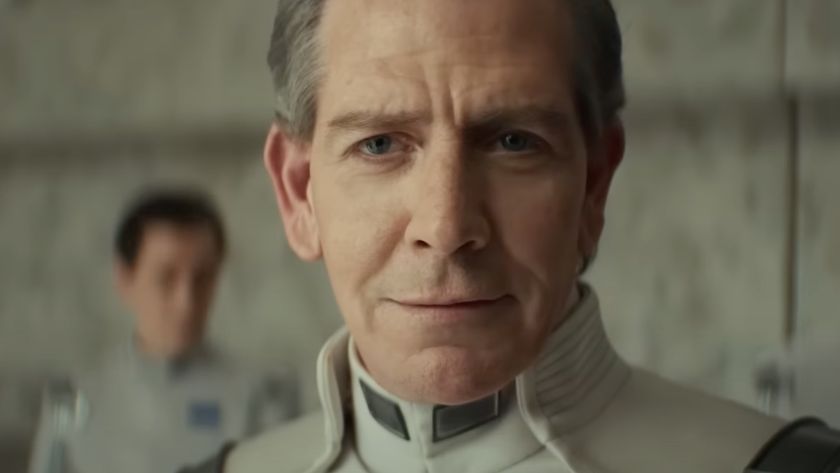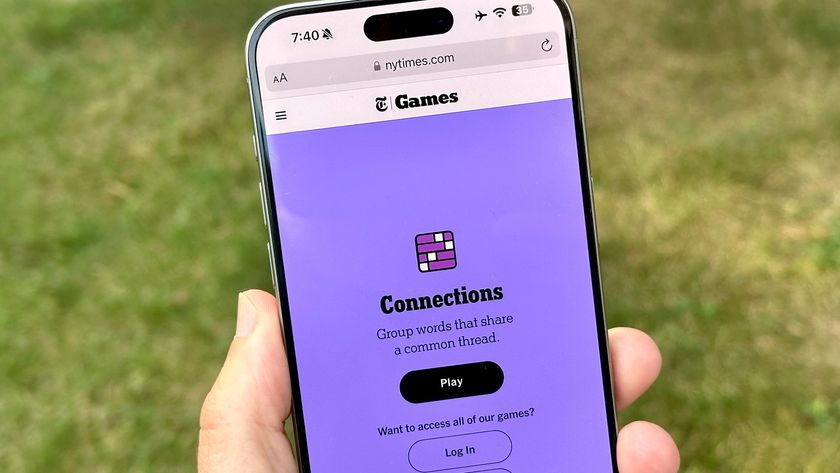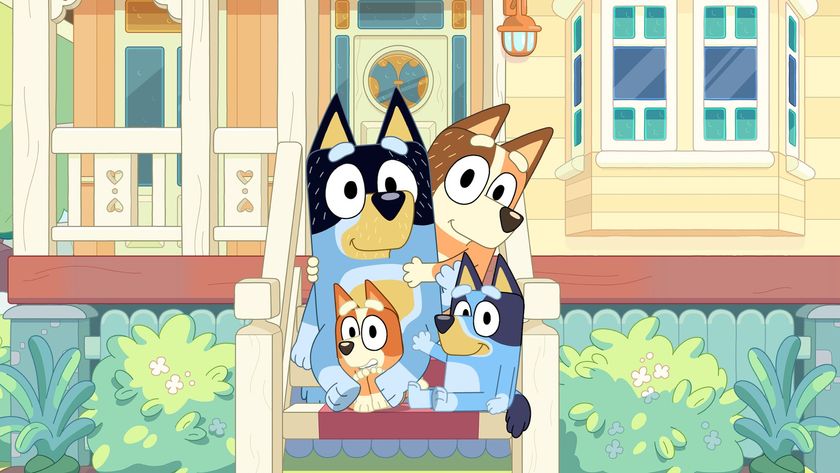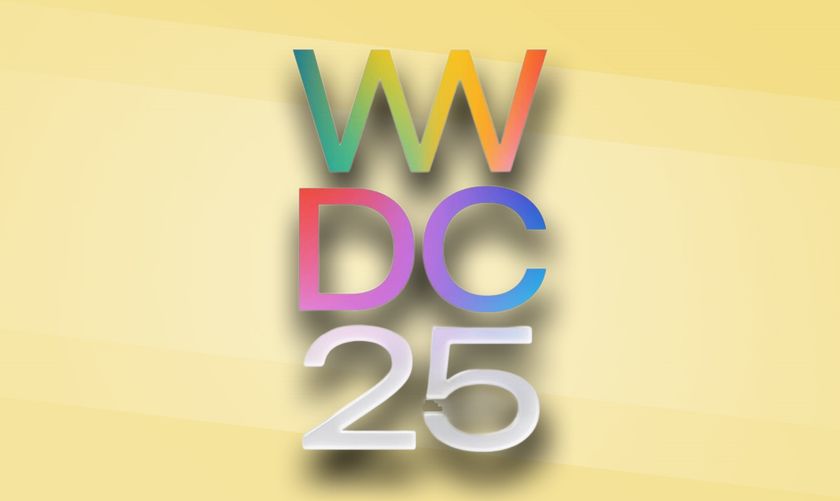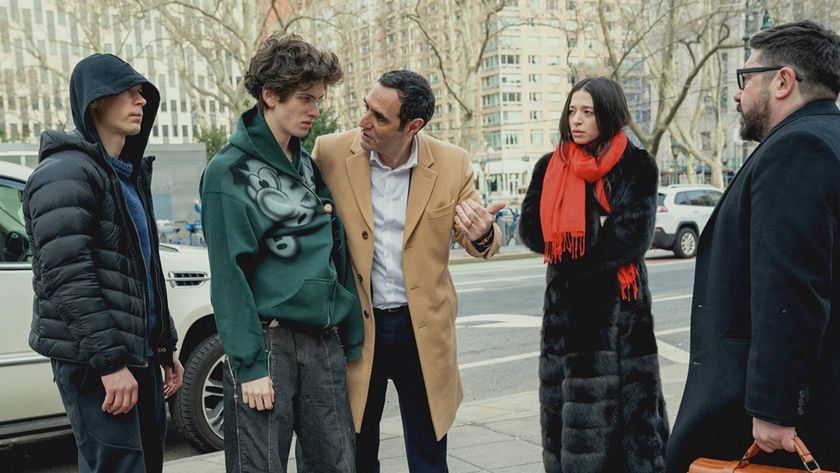The Bad Batch feels even better than Clone Wars — here’s why
The Bad Batch could take what works about Clone Wars while being more focused
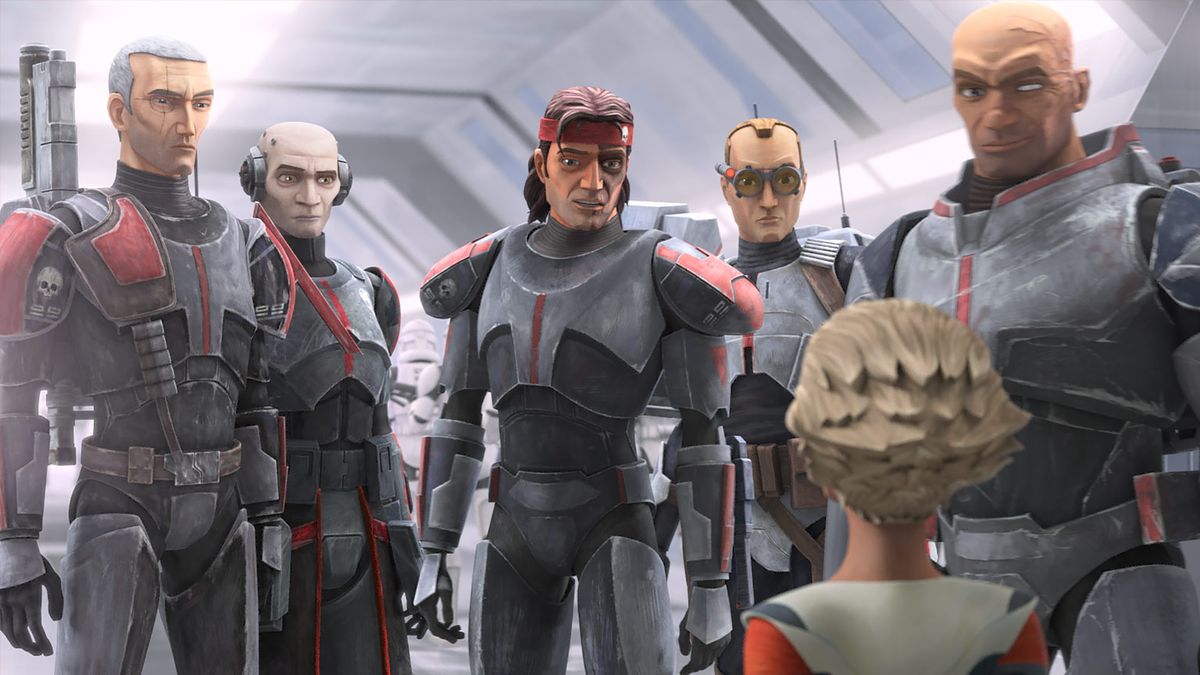
May 4th saw the premiere of The Bad Batch, a brand new Disney Plus Star Wars series. It's a direct sequel to the events of the Clone Wars TV series, and follows the events of Clone Force 99 in the direct aftermath of the Clone Wars themselves, and Revenge of the Sith.
And, unsurprisingly, the episode felt a lot like a brand new edition of The Clone Wars. But that isn’t a bad thing, and The Bad Batch premiere shows enough promise for how it can grow and improve upon its predecessor.
- How to watch the Star Wars movies in order
- What's new on Disney Plus this month
- Just in: New set photos from Star Wars: Andor
Clone Wars' turbulent history
Clone Wars first launched back in 2008, but was unceremoniously cancelled after the conclusion of its fifth season. That was in March 2013, just a few short months after Disney finalized its purchase of Lucasfilm.
Then, 13 unfinished (but still just about watchable) episodes hit Netflix the following year. This was followed by a drought, as the series lay dormant until Disney brought the series back for Disney Plus.
Clone Wars was popular, but it was far from perfect. There are a lot of filler episodes that didn’t really add much beyond padding out the episode count, and the quality of the stories was inconsistent at best. Plus, a lot of episodes ended up being aired out of order, making the timeline wonky, at best. If The Bad Batch can stick the landings better than Clone Wars did, it will be on its way.
The Bad Batch starts off in a very Clone Wars way
But when Clone Wars was good, it was great, and the seventh season managed to start off strong and keep its momentum going for a full 12 episodes before the finale. That continues into the premiere episode of The Bad Batch, which kicks off with the execution of Order 66 and follows the titular squad of clones in the aftermath.
Tonally, this episode feels like another instalment of Clone Wars, which makes sense. The Bad Batch may be a spin off, but it’s also a direct sequel to its predecessor’s final season. The conflict left over from The Clone Wars itself doesn’t end for a full seven minutes of the episode, and so the premiere is completely focussed on what happens to the clone army in the aftermath.
Sign up to get the BEST of Tom's Guide direct to your inbox.
Get instant access to breaking news, the hottest reviews, great deals and helpful tips.
The creative team behind the Bad Batch is being led by Dave Filoni, the same guy who led development on Clone Wars and every other animated Star Wars show since. Plus, it uses the same character design and animation style, unlike Star Wars: Rebels, which swaps Clone Wars' more caricatured and cartoonish style for something that leans closer to realism.
The show itself leans into the similarities on a meta-level, with the opening seconds of the premiere showing us the Clone Wars logo burning away into the Bad Batch logo. The Bad Batch also begins with the same narrator as Clone Wars, offering some insight into the events of the episode. If anything Lucasfilm animation is saying to us, “Look we all know this is basically another Clone Wars episode, but it’s also the start of something new.”
How The Bad Batch can push past Clone Wars
Clone Wars was an anthology series that told standalone tales as part of the wider story of the Clone Wars conflict. Episodes ranged from tales that followed a huge range of characters from Star Wars, including previously-ignored Jedi, the political machinations of Republic senators, droids, and even brand new characters that never appeared elsewhere - including the Bad Batch themselves.
The Bad Batch, however, will change things up (like Rebels before it), as focusing on a single group of characters changes things. Now, instead of focussing on the war crimes of Pong Krell for three episodes and moving on, we’re following the same characters over the course of a 13-episode season.
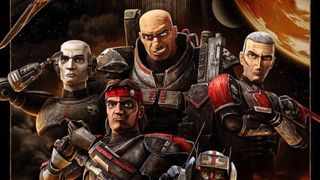
Star Wars has shown us that the clones, despite their genetic similarities, are all individuals. None are more individual than the Bad Batch, who are distinguished by extra abilities afforded by genetic mutations. That’s going to create a very interesting dynamic very quickly, whereas Clone Wars itself was limited by its very nature.
Plus, we’re also visiting the Star Wars galaxy at a time that’s been largely unexplored. Beyond the 2017-2018 run of the Darth Vader comic, current Star Wars canon has pretty much ignored the immediate post-Episode 3 time period. Despite the fact that there are going to be huge ramifications to deal with.
The Bad Batch has new stories to tell
And that begins with a devastated galaxy, with the democratic Republic was dissolved and leaving Palpatine open to form his own Empire.
Considering how totalitarian the Empire had become by the time Luke Skywalker blew up the Death Star 19 years later, it’s going to be very interesting to see how things play out in those formative years. That's especially true when you’re looking at it from the perspective of a group of renegade, and possibly defective (depending on whom you ask) clones.
There are so many opportunities to be had. For now it seems The Bad Batch is taking a lot of cues from the Clone Wars, and with good reason. But what will the show be like by the end of the initial 13 episode run? Who can say, because it could go in so many different directions. Since The Bad Batch started out so similar to Clone Wars, it's not hard to see it as a possibly a more stable and focused show, carrying on the best of the legacy.
- Next: The best streaming devices to watch your favorite shows

Tom is the Tom's Guide's UK Phones Editor, tackling the latest smartphone news and vocally expressing his opinions about upcoming features or changes. It's long way from his days as editor of Gizmodo UK, when pretty much everything was on the table. He’s usually found trying to squeeze another giant Lego set onto the shelf, draining very large cups of coffee, or complaining about how terrible his Smart TV is.
